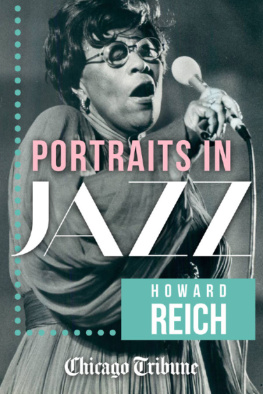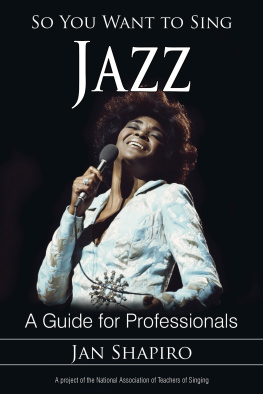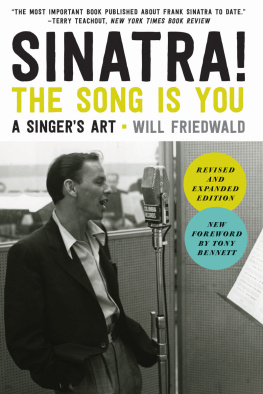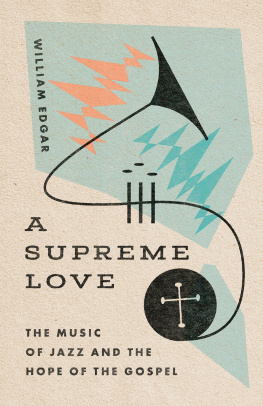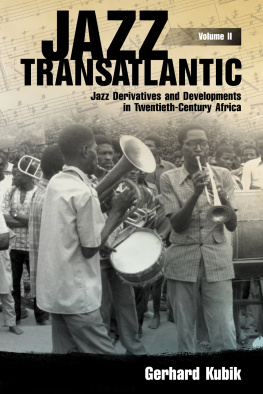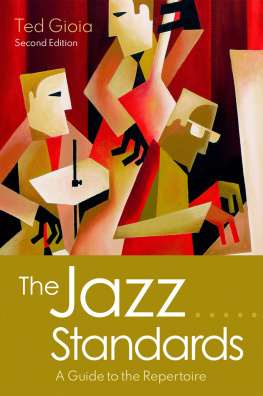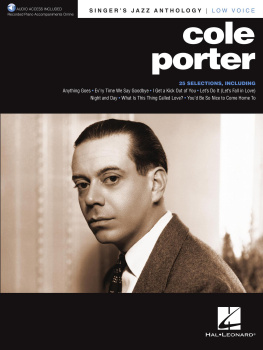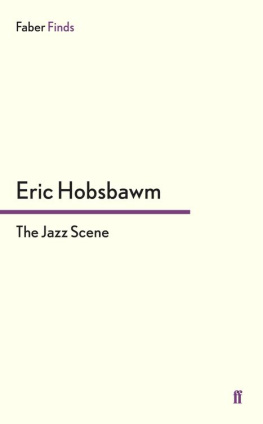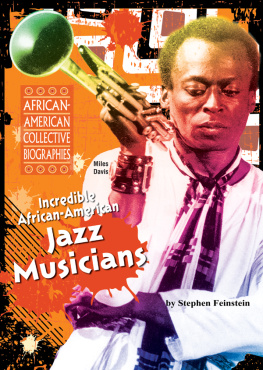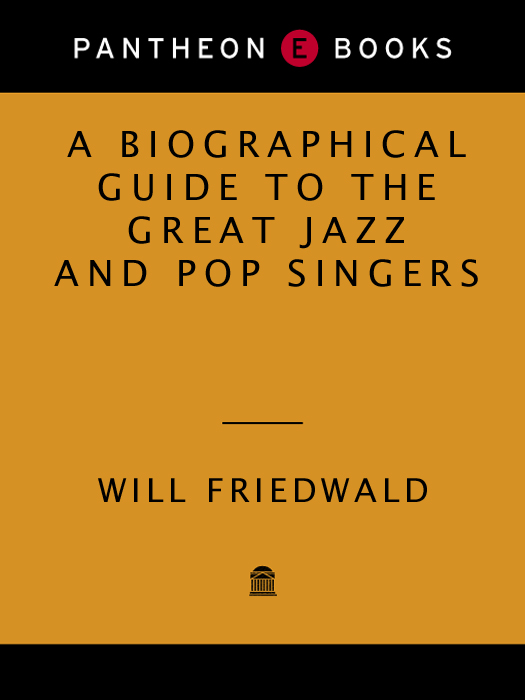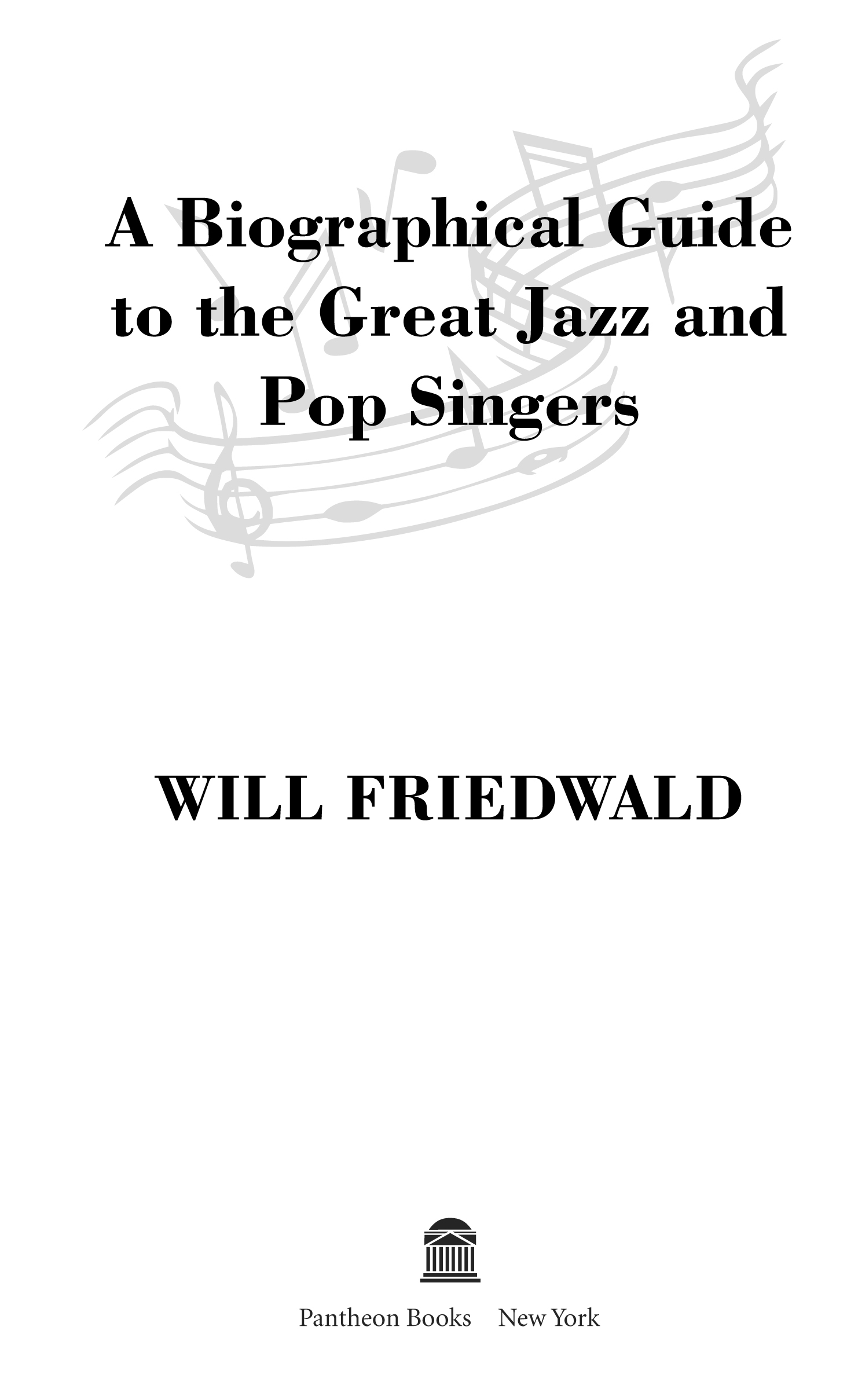All rights reserved. Published in the United States by Pantheon Books, a division of Random House, Inc., New York, and in Canada by Random House of Canada Limited, Toronto.
Pantheon Books and colophon are registered trademarks of Random House, Inc.
Contents
This table of contents includes an alphabetical list of all the artists featured in the dictionary: individual artists, the five extras (iconic singers in other genres), and those included in multiple artist entries. These multiple artist groupings, which are in more or less chronological order, are also listed below for your reference.
Introduction
Jazz singing and popular singing are two extremely broad fields that have a great deal of territory in commontheres a considerable amount of pop in a jazz singer like Ella Fitzgerald and a great deal of jazz in a pop singer like Steve Lawrence. Indeed, the two genres are frequently so close that its difficult, and often pointless, to distinguish between them. By and large, both kinds of singers collaborate with the same musicians, and, more importantly, they both rely upon what has come to be known as the Great American Songbook as their basic source of material.
Traditionally, those of us who write about jazz vocalists devote a lot of verbiage to discussing what does and what doesnt constitute jazz singing, and who is and who isnt. Although there is a degree of consensus, in the main its a highly subjective call, and one that, after years of literature debating the subject, seems tired. Perhaps too much time has been spent arguing who is and who isnt a jazz singer; better to spend time worrying about who is and who isnt a good singer.
This book is about singersmake no mistake. However, like my previous work (Stardust Melodies, which was also suggested and edited by Robert Gottlieb), this current work is driven, to a degree, by songs. Songs were the essential criteria by which artists were or were not included. Of the thousands of artists of the last hundred years or so who could be described as either jazz or pop singers, my first consideration was to focus on those who primarily sang the American songbook, and, even more so, to concentrate on those artists who made a vital contribution to the way the songbook is sung. All kinds of people have sung the songbook, particularly in recent decades, from opera divas (like Rene Fleming) to rock stars (like Rod Stewart, who is, in fact, covered in a special section). But, for this book, the idea was to focus on those artists for whom the songbook was bread-and-butter, or, as Eliza Doolittle would put it, mothers milk.
Obviously, theres a lot of gray area: Joe Williams and Jimmy Rushing can comfortably be described as blues singers, yet the majority of their output is based in the songbook. Other singers are more problematic: In the case of Ray Charles, Bobby Darin, and Nina Simone, it seemed that they had all made a substantial contribution to the art of singing this music, and therefore my essays on these artists focus on this one aspect of their careers, and are not intended as comprehensive coverage of their entire canon.
To a degree, this book still has a jazz bias; I have tried to include all the major jazz singers and as many pop singers as there was room for. Most of the singers Ive picked, even from the pop sideVic Damone, Steve and Eydie, Jack Joneshave some sort of jazz credentials and they almost all swing (whenever they need to, at least), even if they dont necessarily scat up a storm.
Obviously, the great singers of Broadway are part of this picture. I have given due attention, I hope, to four of the major leading ladies of musical comedy (Ethel Merman, Mary Martin, Julie Andrews, Barbara Cook) as well as to half a dozen or so of the most important, name-above-the-title baritones and leading men. My criterion was to look for those Broadway leads who also had substantial careers as recording artists (beyond original cast albums)and there were surprisingly few. I have also included an essay on four major leading ladies from the great movie musicals of the thirties and forties (Hollywood Divas), whose recording careers were generally scattershot, but were very interesting, to say the least.
So who isnt here? Obviously not blues singers who sing the blues exclusively, as well as Brazilian singers who include jazz elements in their music or occasionally sing Skylark. We have also left out concert singers and opera singers, such as the imposing figure of Paul Robeson; they sang standards occasionally but werent focused on them. More recently, theres been a trend for rock and pop starsmainly, by some unexplained coincidence, those who were popular in the seventiesto do whole albums of standards, and these are discussed in an essay of their own.
There also is something of a generational bias, in that I focus on the middle of the twentieth century. There are many earlier artists and some more recent ones, but on the whole, it seems the golden years for singing the American songbook came a generation or so after the songs themselves were written, in the immediate postwar era. More major singers seem to have been actively working and recording in the fifties than in any other decade. In this high-growth period, the new medium of the long-playing disc led to a commercial boom in record sales; virtually everyone who had the least bit of celebrity or could remotely carry a tune (sometimes not even that) was given the chance to make records, and the major stars of the medium, your Fitzgeralds, Vaughans, and Sinatras, were constantly in the studio, their productivity not limited by the market but by their own stamina. (Nat King Cole recorded seven full albums in 1958 alone, although not all of them were issued in that year.)
The main perspective of this book is historical; it should not be taken as a survey of the current scene (as of 2010). You will find only a handful of contemporary and younger artists who sing the songbook, all of whom already have a proven track record. There is just a smattering here of artists born after 1950 (Cassandra Wilson, Dianne Reeves, Dee Dee Bridgewater) and even fewer born after 1970. When I began this undertaking, there were only three artists I planned to include who were under forty (that description then applied to myself as well): Diana Krall, Kurt Elling, and Audra McDonald. By the time you read this, all four of us have traveled past the forty-year mark. At the very last minute, I decided to add an essay on Harry Connick Jr.I figured that after doing twenty-four albums over a twenty-year period he deserved a little attentionand I also added a few briefer comments about other boy crooners of a similar disposition.


